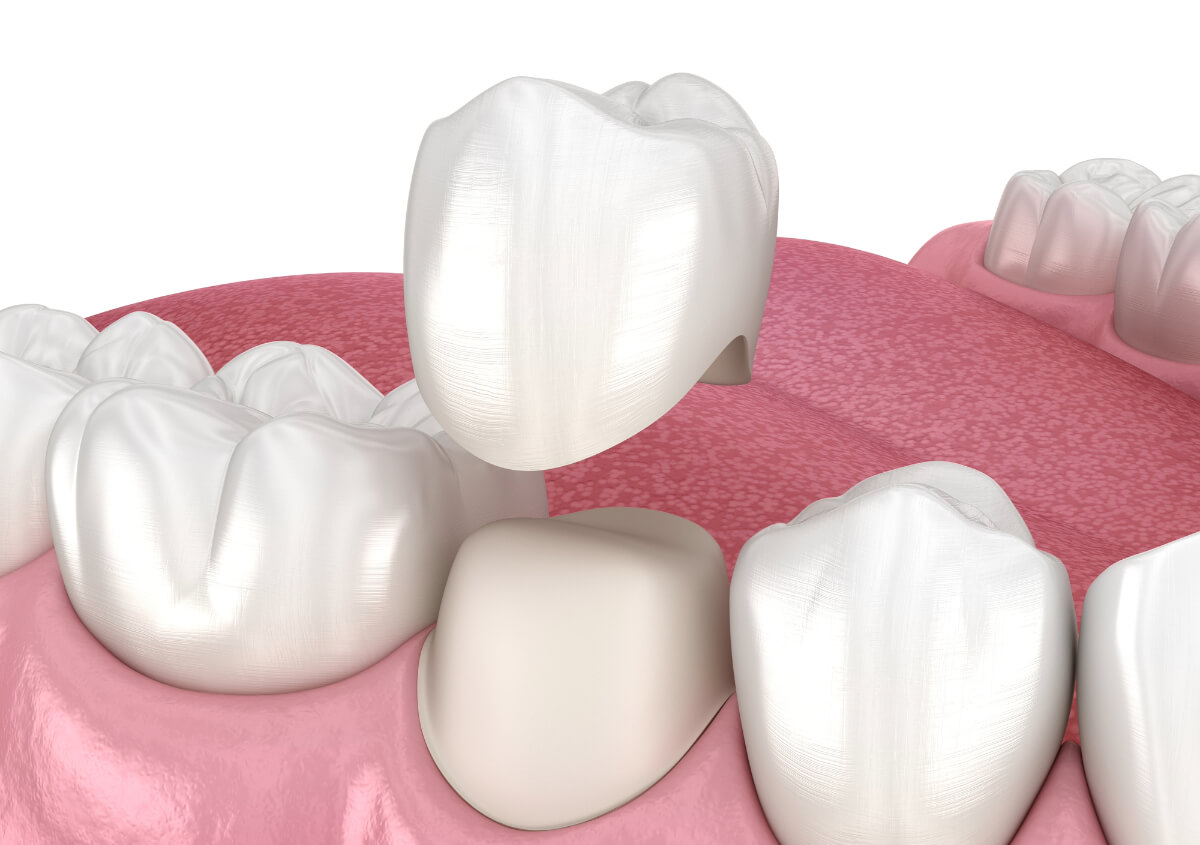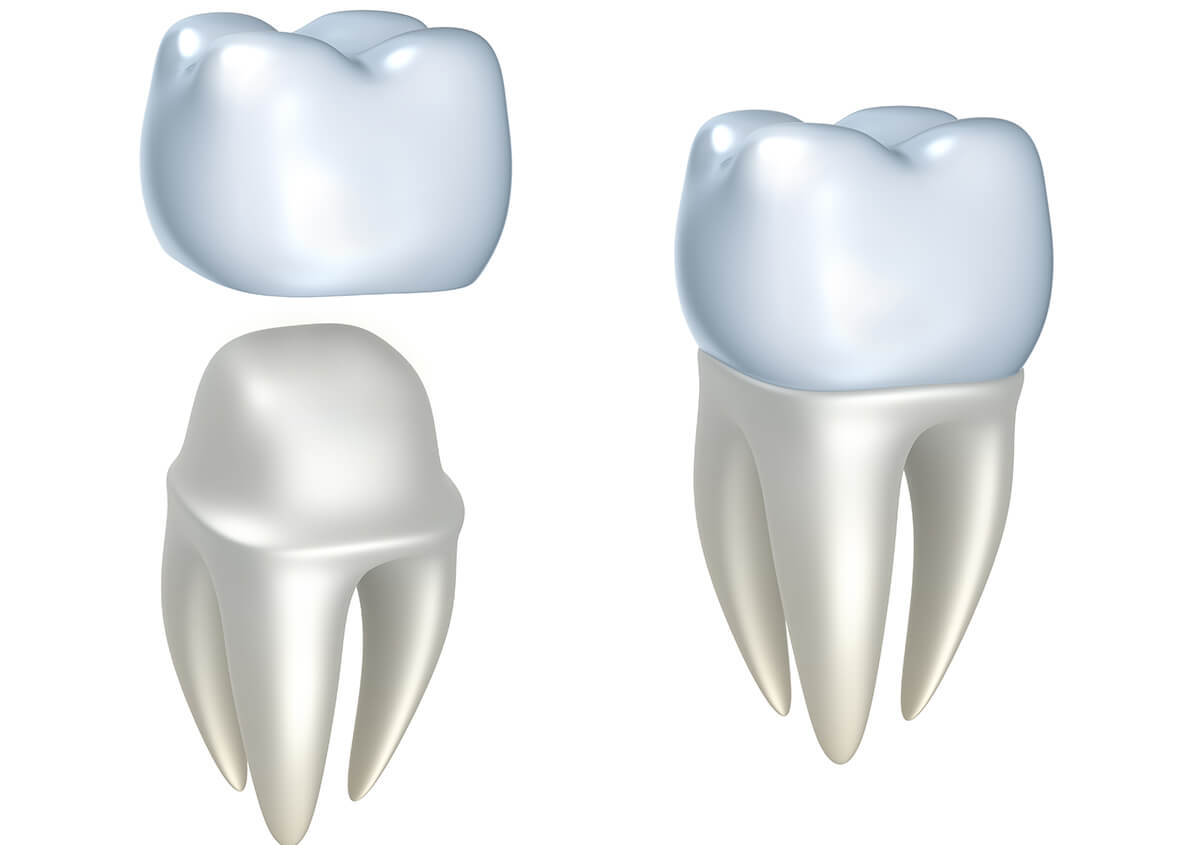Your guide to tooth-preserving dental crowns
At Smile Today Dental in Glenview, Illinois, our diverse and experienced team is privileged to work with so many different types of patients to protect the health and attractiveness of their teeth and gums. Throughout our patients’ lives, however, new challenges to their oral health can present themselves. Fortunately, we have the tools and know-how to restore teeth to health, function, and beauty promptly and adeptly. We do so with the likes of dental restorations, such as crowns.
Crown candidates
Our natural teeth are designed with crowns and an intricate system that can’t be seen in the smile. Crowns are the white, visible part of the tooth. Underneath each tooth’s protective enamel and softer dentin layer is a system of nerves, blood vessels, pulp tissue, and root canals. Teeth can be damaged and potentially lost due to tooth decay and gum disease. The first stage of decay, enamel erosion, may be resolved with oral hygiene modifications. More extensive cavities or holes in the teeth can be repaired with restorations known as “fillings,” which quite literally “fill in” the cavity or hole. Teeth with more significant damage may require dental crowns. The crown provides more “coverage.” Large fillings may inadequately support the tooth, leaving it vulnerable to future fractures. So, more appropriate treatment may be the dental crown in cases where big fillings are not an attractive, long-term option.

Also, crowns often follow root canal therapy to resolve decay that affects the pulp tissue at the tooth’s centre. The crown is the finishing touch following root canal treatment to preserve the natural tooth.
Crowns may also be used for tooth replacement:
- To support the pontic or replacement tooth in a conventional bridge.
- To restore a tooth following the placement of an implant, which “roots” the crown or replacement teeth to the jawbone.
The process
Our dentists, Drs Evelyn Kidonakis, Jinyoung Yoo, and Amir Danesh, will discuss options for treatment after examining your teeth and gums and talking about your preferences and goals. We use the most sophisticated diagnostics to inform treatment recommendations, such as digital imaging and intraoral cameras. If crowns are recommended, we will also discuss the materials used to make your new tooth structure.
Crowns may be fabricated from metals, such as gold, or dental ceramics, such as porcelain. The materials that are used to make your crown depend on factors like the location of the tooth. That material is later fabricated by skilled lab technicians, who use detailed and accurate information that we collect about your tooth and the surrounding teeth.
Once the crown is ready, we check that it fits and make adjustments as needed before cementing it securely in place. Additionally, the permanent crown is only added after the natural tooth has been “prepared” and damaged tissue has been removed. Active infections must also be cleared. While your tooth is healing, a temporary crown is placed. That also helps protect the prepared tooth while our quality dental lab is making the permanent.
Please do not wait for problems such as pain to arise before scheduling an appointment at our Glenview practice. Call us today at 847-440-3331. The earlier we can intervene with the decay or disease process, the more of your natural tooth we can preserve. Minimal alteration generally means a faster, less traumatic treatment experience.



